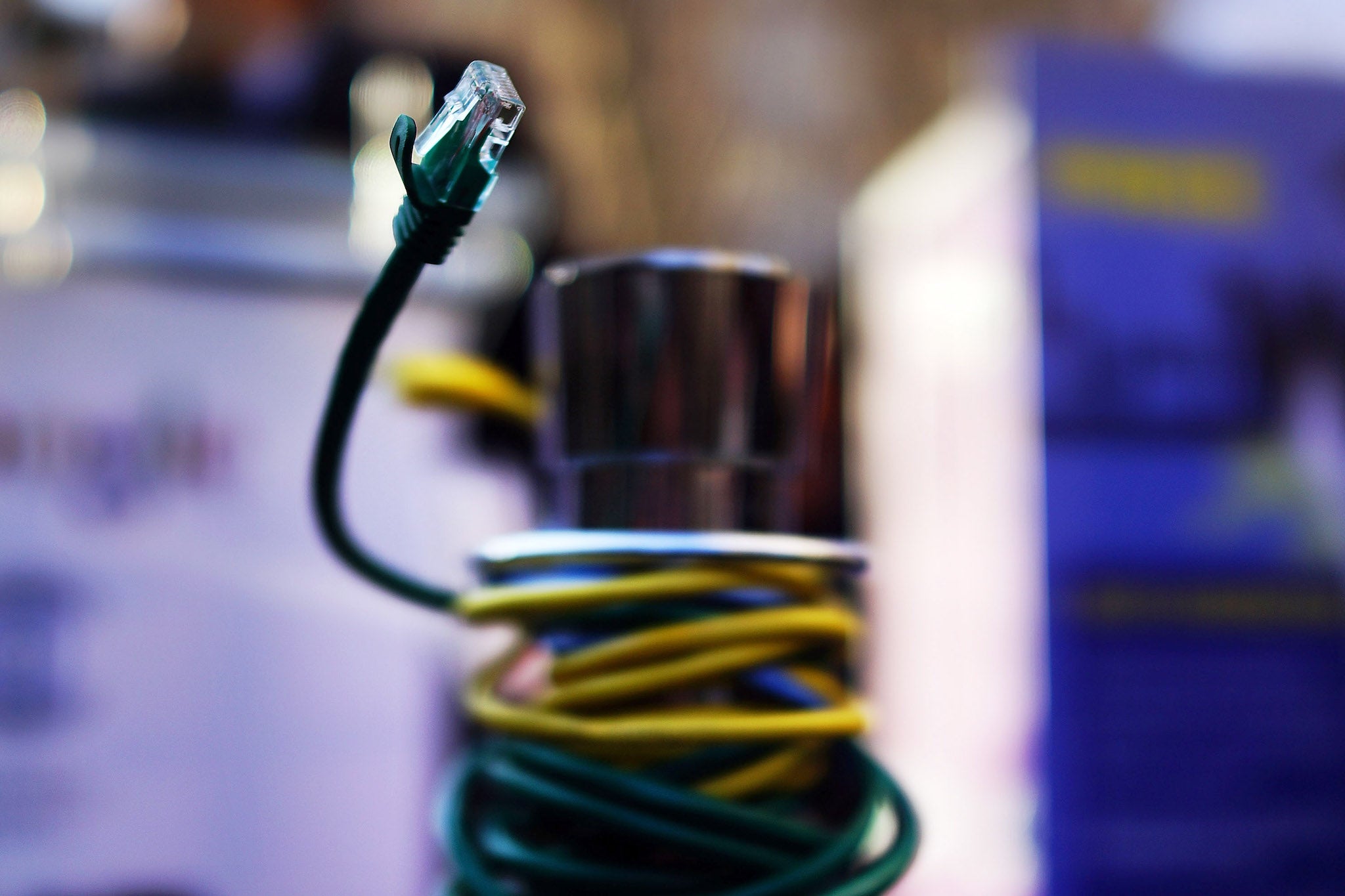New federal broadband maps show wide disparity in internet access across US
The map shows that in some areas more than 20 per cent of residents did not have internet access in their homes

The federal government recently released a comprehensive map detailing broadband internet access in the US, revealing that many poor, rural and tribal areas have significantly less or lower-quality access to those services.
The map was compiled by the US Department of Commerce's National Telecommunications and Information Administration from numerous private and public sources, including census data.
NBC News analysed the map and found that certain parts of the country – like a working-class Latino area in east Oakland – have substandard access to quality broadband. More than 26 per cent of people in the neighborhood do not have internet access, even though commercial providers exist.
The outlet then compared those numbers to a wealthy white neighborhood to the north of the Latino neighborhood, and found that only 6 per cent of people lacked access to broadband internet.
Broadband, as defined by the Federal Communications Commission, is download speeds of 25 megabits per second and upload speeds of 3 Mbps.
The major difference, according to the paper, is the hurdle that internet prices present for poorer residents.
Gina Raimondo, US commerce secretary, said the map reveals the troubling reality that many people still lack access to the internet, which has become a critical tool for operating in the modern world.
“As we release this important data to the public, it paints a sobering view of the challenges facing far too many Americans as they try to connect to high-speed broadband and participate in our modern economy,” she said.
Joe Biden has made broadband internet access a focus of the White House's infrastructure bill currently being debated by Congress.
The bill aims to "bring affordable, reliable, high-speed broadband to every American, including the more than 35 per cent of rural Americans who lack access to broadband at minimally acceptable speeds”.
But in a time when nearly everyone has smartphones that connect to the internet, as well as entertainment devices like gaming consoles, computers, or other such devices, even "minimally acceptable speeds" are not enough to provide reliable internet to an entire family.
As a result, the Biden administration is pushing for further investment to expand broadband access.
In the mean time, some parts of the US have already enacted programs meant to address the issue, usually with private funding.
NBC News reported that Oakland raised $13m to give students in need laptops and wireless hot spots. $10m of that funding was provided by Jack Dorsey, the CEO of Twitter.
Compare broadband providers and find the best deal for you with our broadband deals page.
Join our commenting forum
Join thought-provoking conversations, follow other Independent readers and see their replies
Comments